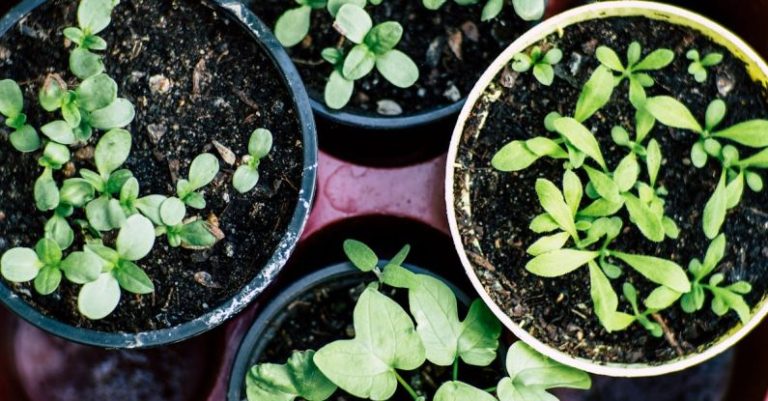Introduction to Home Brewing Beer
Brewing beer at home has become a popular hobby for many beer enthusiasts. It allows individuals to create unique and personalized brews tailored to their preferences. Home brewing provides a hands-on experience that is both rewarding and enjoyable. If you are considering delving into the world of home brewing, this article will serve as an introduction to help you get started on your brewing journey.
The Basics of Home Brewing
Home brewing involves the process of fermenting sugars from malted grains with yeast to produce alcohol and carbonation. The primary ingredients for brewing beer include malted barley, water, hops, and yeast. These ingredients come together in a carefully controlled process to create the final product. The brewing process consists of several key steps, including mashing, boiling, fermenting, conditioning, and bottling.
Selecting Equipment
Before you begin brewing your own beer at home, you will need to invest in some essential equipment. This includes a brew kettle, fermentation vessel, airlock, siphon, bottles, and bottle caps. Additionally, a thermometer, hydrometer, and cleaning supplies are essential for ensuring a successful brewing process. While the initial investment in equipment may seem daunting, the ability to reuse these items for multiple batches of beer makes it a cost-effective hobby in the long run.
Choosing a Recipe
One of the most exciting aspects of home brewing is the endless variety of beer styles you can create. Whether you prefer a hoppy IPA, a rich stout, or a refreshing wheat beer, there is a recipe out there to suit your taste. Many beginner home brewers start with extract kits, which simplify the brewing process by providing pre-measured ingredients. As you gain experience, you can experiment with creating your recipes and tweaking existing recipes to suit your preferences.
The Brewing Process
Once you have your equipment and recipe in hand, it’s time to start brewing. The process begins with mashing, where crushed malted grains are steeped in hot water to extract fermentable sugars. This sugary liquid, known as wort, is then boiled with hops to impart bitterness and flavor. After boiling, the wort is cooled and transferred to a fermentation vessel, where yeast is added to begin the fermentation process. Fermentation typically takes one to two weeks, during which time the yeast converts sugars into alcohol and carbon dioxide.
Packaging and Enjoying
After fermentation is complete, the beer is ready to be conditioned and carbonated. This process involves transferring the beer to bottles or kegs and allowing it to mature for a few weeks. Carbonation can occur naturally through bottle conditioning or with the help of a kegging system. Once carbonated, your beer is ready to be enjoyed. Home-brewed beer often benefits from a few weeks of aging to allow flavors to mellow and meld together, so patience is key.
Exploring the World of Home Brewing
Home brewing is a hobby that offers endless possibilities for creativity and experimentation. As you gain experience and confidence in your brewing skills, you can begin to explore different beer styles, ingredients, and techniques. Joining a homebrewing club or online community can provide valuable support and feedback as you continue to hone your craft. With practice and dedication, you may even find yourself entering your brews into competitions or sharing them with friends and family.
In conclusion, home brewing beer is a rewarding and enjoyable hobby that allows you to create unique and personalized brews from the comfort of your own home. By familiarizing yourself with the basics of home brewing, selecting the right equipment, choosing a recipe, and following the brewing process, you can embark on a fulfilling brewing journey. So, gather your supplies, pick a recipe, and start brewing your first batch of homemade beer today. Cheers to your brewing adventures!






